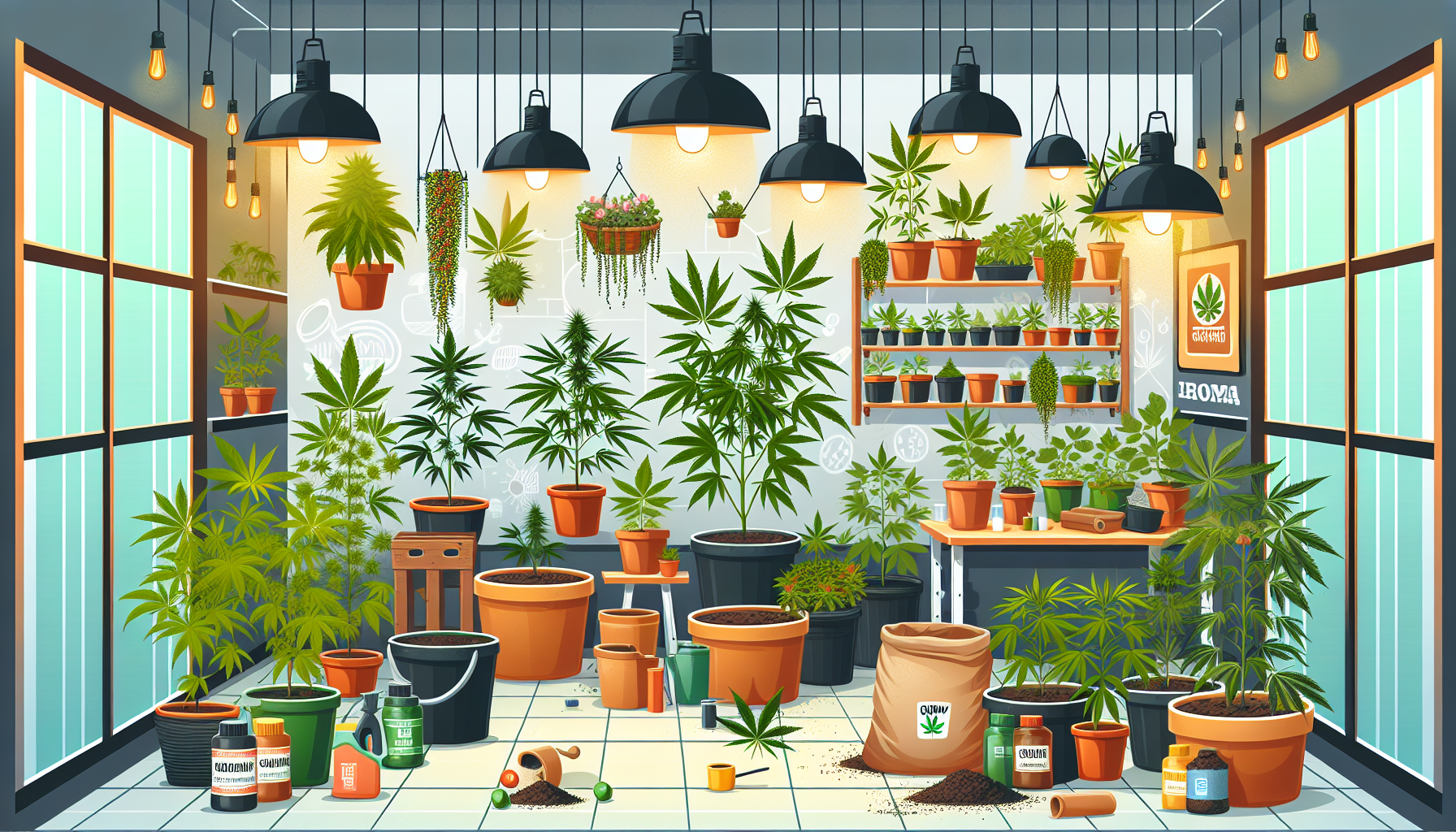Introduction
With the growing trend of legalizing marijuana in many parts of the world, more people are looking into growing their own weed at home. Whether it’s for medicinal purposes or recreational use, cultivating cannabis plants can be a rewarding and educational experience. In this beginner’s guide, we will walk you through the essential steps and tips for successfully growing weed plants at home.
Choosing the Right Strain
Before you start growing weed plants at home, it’s important to research and choose the right strain that suits your needs. Consider factors such as the plant’s size, THC and CBD levels, flowering time, and overall growth difficulty. Indica strains are known for their relaxing effects, while Sativa strains are more energizing. Hybrid strains offer a combination of both.
Setting Up the Grow Space
Creating the right environment for your weed plants is crucial for their growth and development. Choose a well-ventilated room that receives plenty of light. You may also consider setting up a grow tent or a dedicated grow room to control factors such as temperature, humidity, and light exposure.
Choosing the Right Grow Lights
Since natural sunlight may not always be sufficient, especially if you’re growing weed plants indoors, investing in the right grow lights is essential. LED grow lights are energy-efficient and produce little heat, making them ideal for cannabis cultivation. Other options include HID and fluorescent lights, each with its own benefits and drawbacks.
Germinating Seeds or Starting from Clones
Once you have your setup ready, it’s time to decide whether you want to germinate cannabis seeds or start from clones. Germinating seeds involves placing them in a damp paper towel until they sprout, while clones are cuttings from a mature plant that can be replanted to grow a genetically identical plant. Both methods have their pros and cons, so choose the one that suits your preferences.
Caring for Your Weed Plants
Watering and Nutrients
Water your weed plants regularly, but avoid overwatering, as this can lead to root rot. Use a balanced nutrient solution to ensure your plants receive essential minerals for healthy growth. Be mindful of pH levels, as cannabis plants prefer slightly acidic soil for optimal nutrient absorption.
Pruning and Training
Pruning and training your weed plants can help improve airflow and light exposure, resulting in healthier and higher-yielding crops. Techniques such as topping, low-stress training, and defoliation can control the plant’s shape and promote better bud development.
Pest and Disease Management
Keep an eye out for common pests such as spider mites and aphids, as well as diseases like powdery mildew and bud rot. Use organic pest control methods whenever possible and regularly inspect your plants for any signs of infestation or disease.
Harvesting and Drying Your Weed Plants
After weeks of care and attention, your weed plants will be ready for harvest. Look for signs of maturity such as amber-colored trichomes and yellowing leaves. Cut the plants at the base and hang them upside down in a dark, well-ventilated space to dry. Once dried, trim the buds and cure them in airtight containers for a few weeks to enhance the flavor and potency of your weed.
Conclusion
Growing weed plants at home can be a fulfilling and enjoyable experience for beginners. By following these essential steps and tips, you can cultivate healthy and high-quality cannabis plants for your personal use. Remember to do thorough research, be patient, and enjoy the process of nurturing your own weed plants from seed to harvest.
